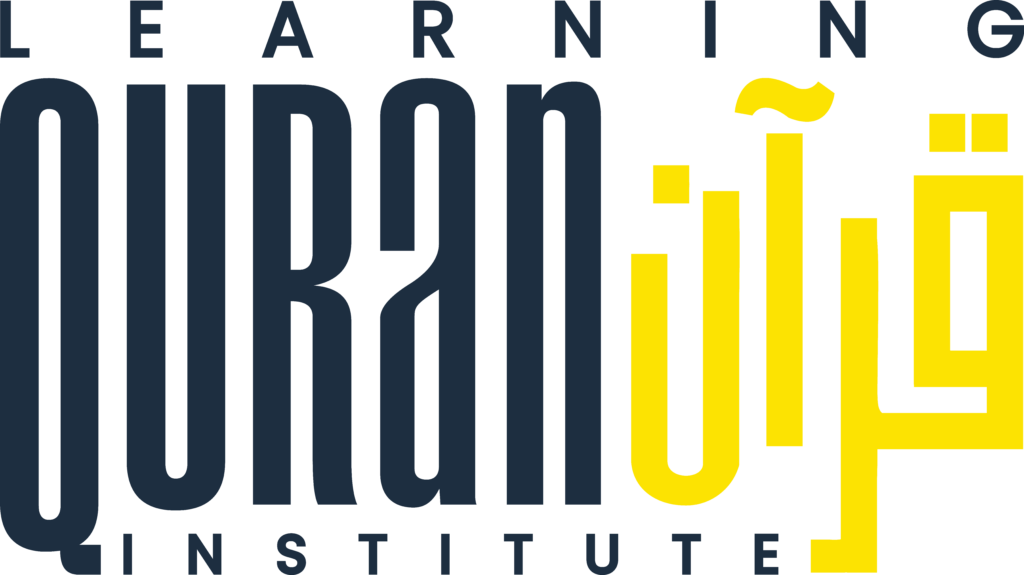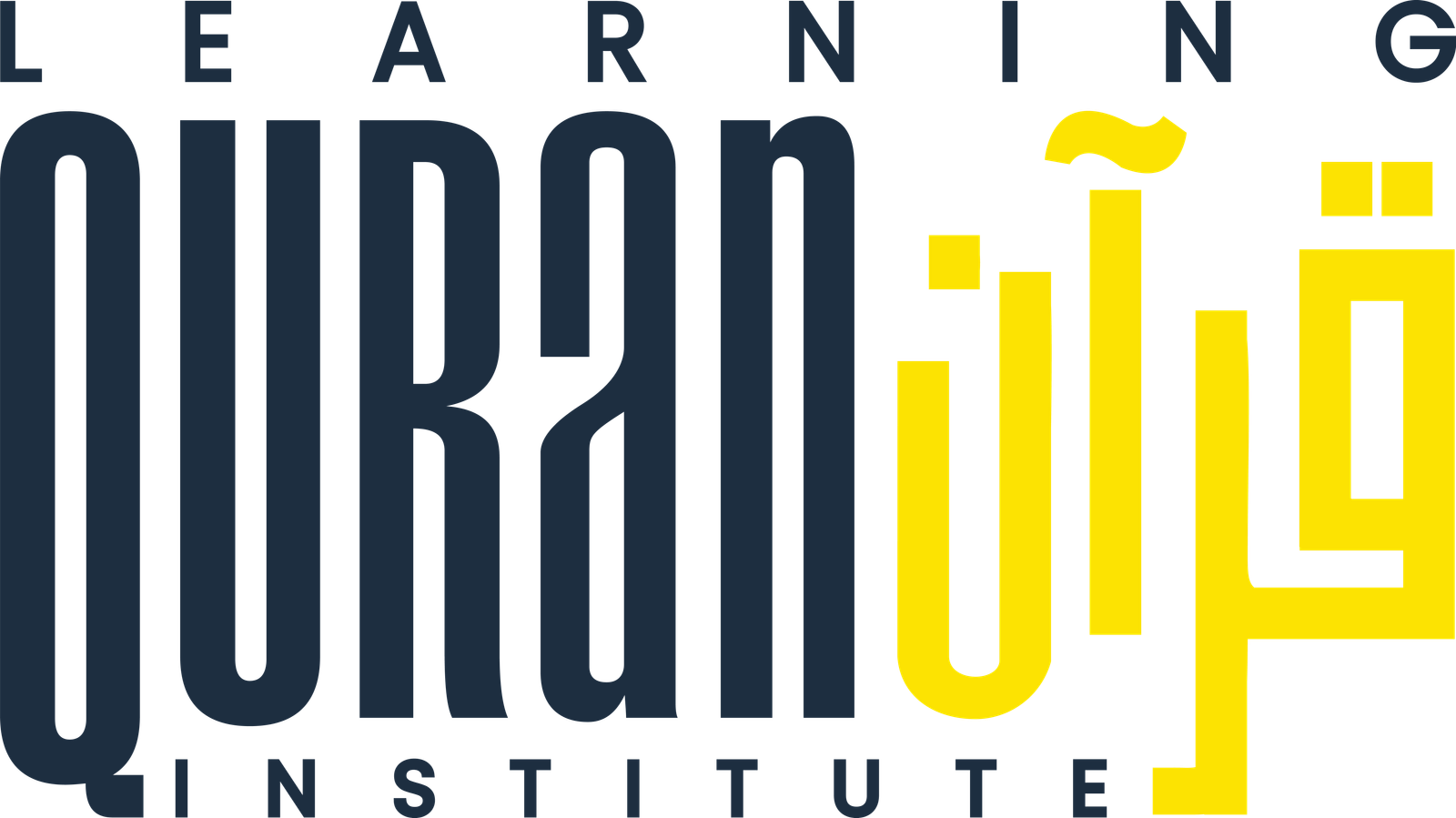The Quran is revered by over a billion Muslims worldwide as the literal word of God. While primarily a religious text, the Quran also contains numerous verses that have been interpreted as containing scientific insights and knowledge far ahead of its time. The Quran is filled with miracles, and if you want to develop a better understanding of the Quran, you can hire an online Quran tutor in UK.
Following are some of the many instances where Quran revealed the truth before science unearthed those secrets.
The Heavens and the Earth
Allah clearly mentions in the Quran that the formation of the universe involved a process of splitting or tearing.
In Surah Al-Anbiya, Verse 30, Allah says, “Have the unbelievers not ever considered that the heavens and the earth were one piece and that We tore them apart from one another.”
Recent scientific advancements have validated this concept, revealing that all galaxies were once interconnected and subsequently separated, leading to the formation of galaxies, planets, and stars.
Astronomy and Cosmology
One of the most discussed scientific themes in the Quran pertains to astronomy and cosmology. Verses in the Quran allude to the creation of the universe, the expansion of the heavens, and the orbits of celestial bodies.
The Sun and The Moon
Quran makes an intriguing distinction when describing the sun and the moon, using distinct terms for each celestial body. The sun is referred to as a “lamp,” emphasizing its unique quality of generating light independently. On the other hand, the moon is termed as “light,” highlighting its role as a reflector of light rather than a source that produces light by itself. Remarkably, this differentiation aligns with scientific knowledge about these celestial objects, a revelation that emerged through the progress of astronomy.
The Orbits
The Quran employs the Arabic word “yasbaḥūn” to describe this concept. In its general sense, this term denotes motion or movement by a body, whether it is on the ground or swimming in water. However, when applied to celestial bodies, “yasbaḥūn” takes on a more profound meaning, indicating that they travel with their own self-generated motion.
In Surah Al-Anbiya, Verse 33, Allah says,
“It is He who created the night and the day, the sun and the moon, each swimming in an orbit.”
The Quranic verses that refer to the celestial bodies “swimming” or “floating” in their respective orbits reveal an astoundingly accurate understanding of astronomical realities. At the time of revelation, such scientific knowledge was beyond the scope of human comprehension. Yet, the Quran serves as a timeless source of divine wisdom, presenting insights that anticipated discoveries made centuries later.
Conclusion
The concept of “Science in the Quran” unveils a remarkable interplay between faith and reason. While the Quran is primarily a religious text, its verses contain scientific insights that have astounded scholars and scientists throughout history. From the splitting of the heavens and the Earth to the description of the sun and the moon, and the revelation of celestial orbits, the Quran’s accuracy in aligning with modern scientific discoveries is truly awe-inspiring.


